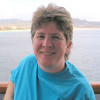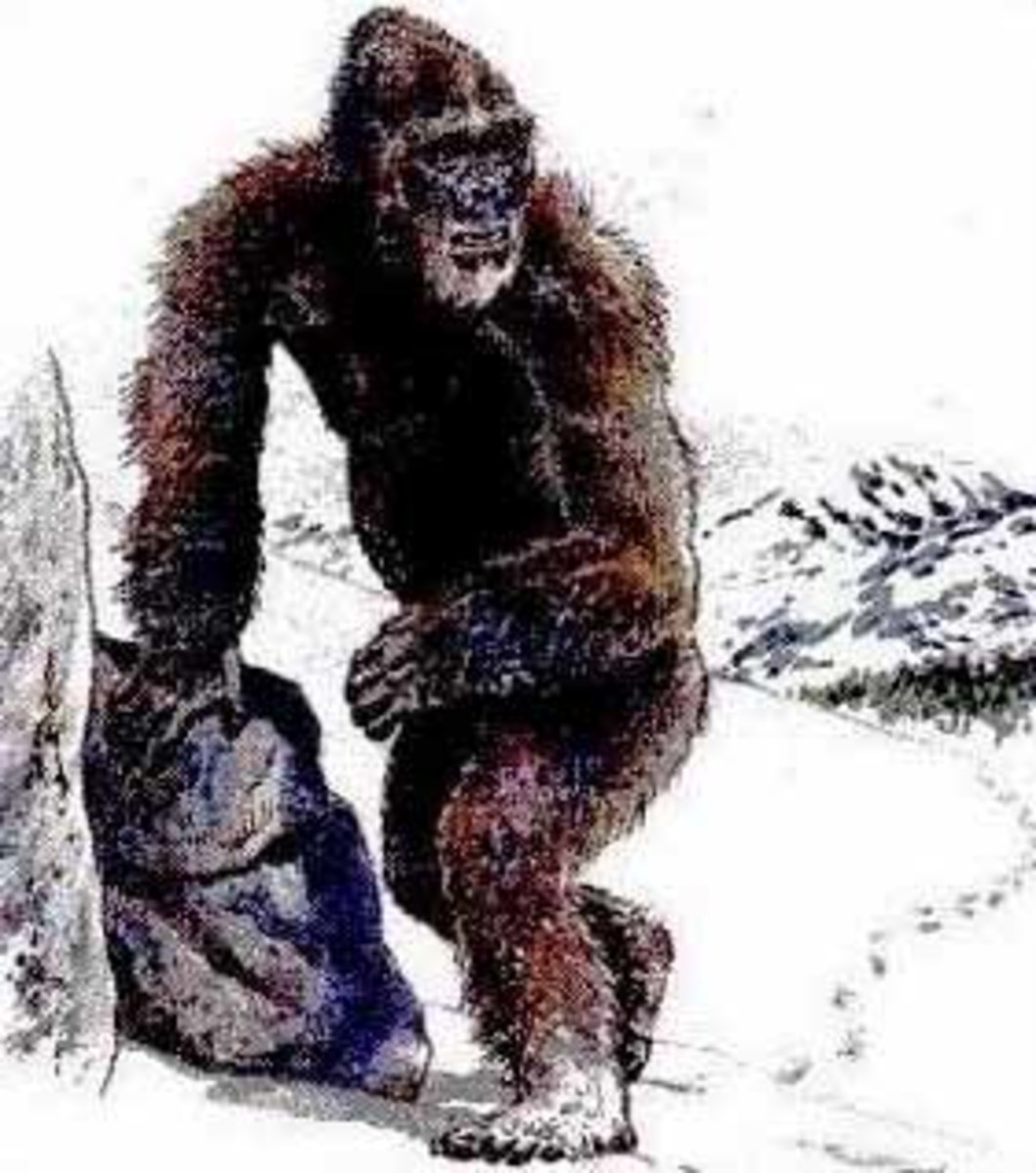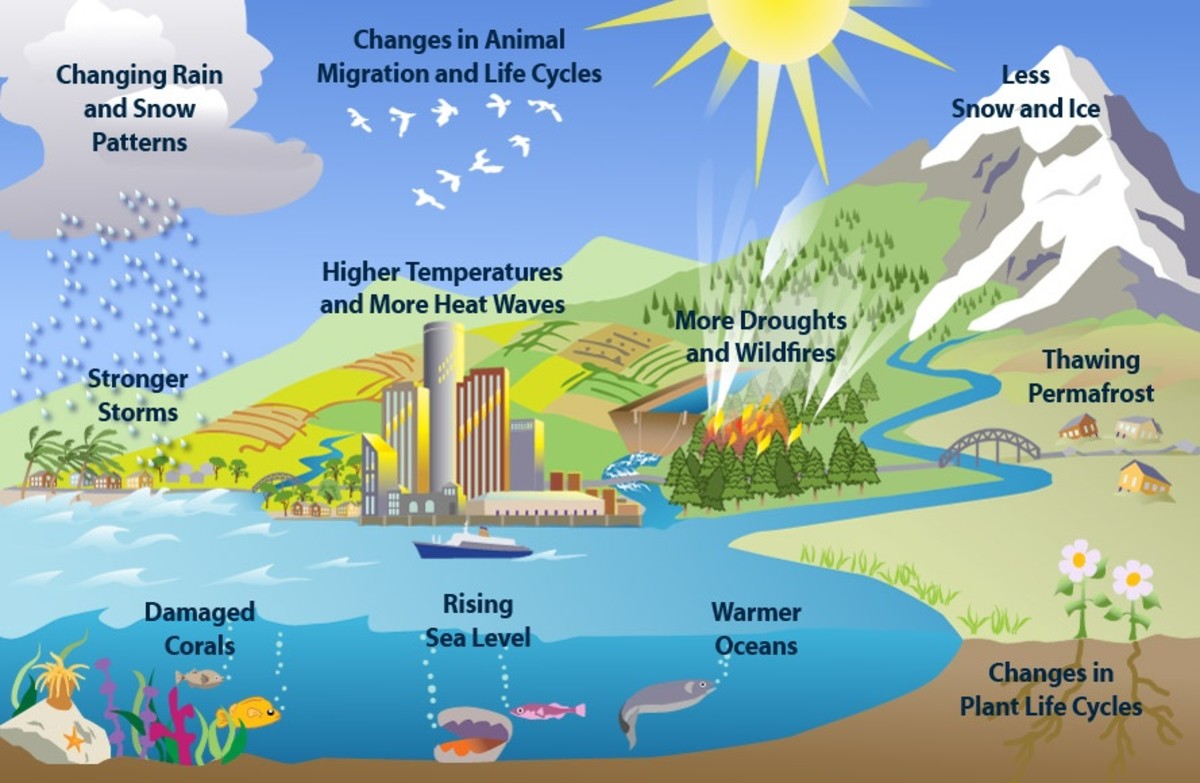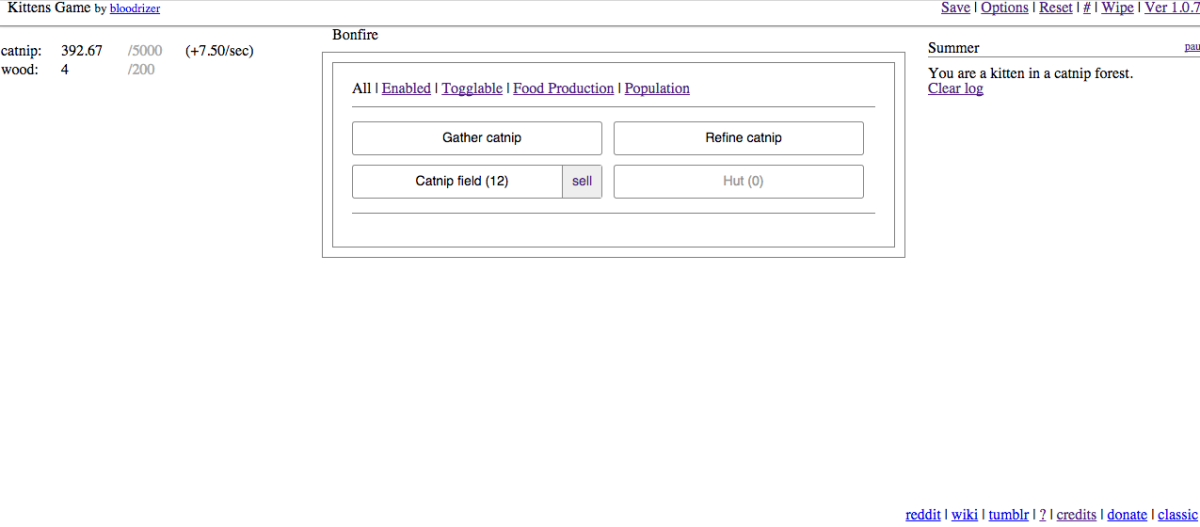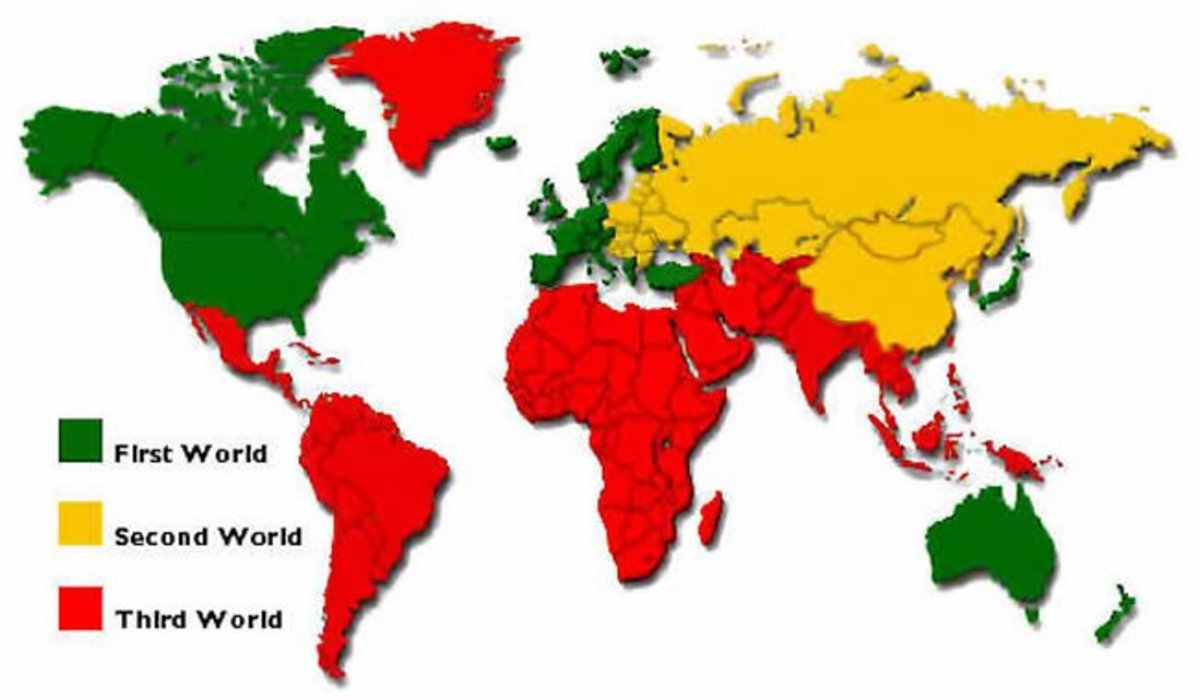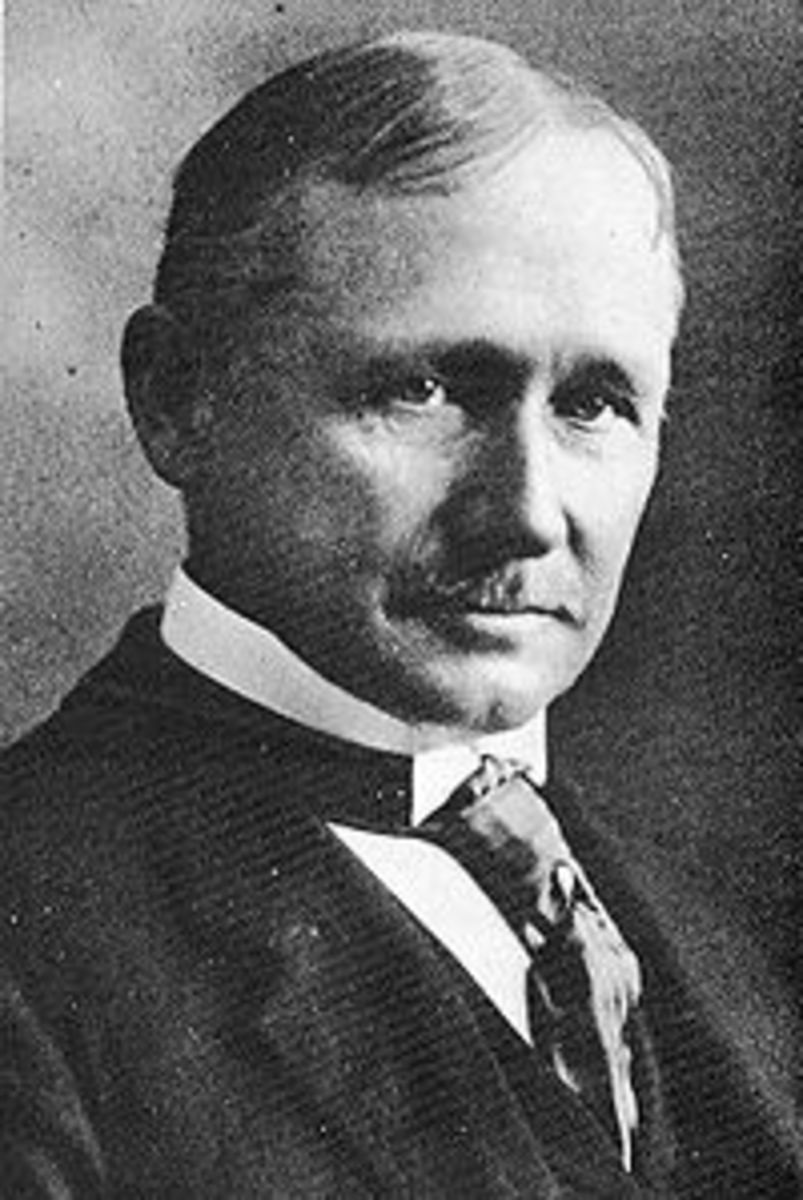If The World Were A Village of 1000 People...
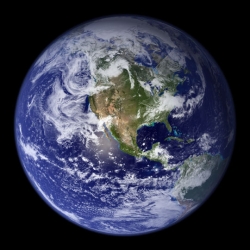
Our World Village
In 1990 a professor at Dartmouth College wrote an article that began with the words: "If the world were a village of 1000 people..."
Professor Donella Meadows then proceeded to list statistics about the make-up of the world's population and the distribution of the world's wealth and resources. Meadows probably never imagined this simple article for her column called "The Global Citizen" would one day be widely circulated on the Internet and around the world, updated and even turned into a children's book. But the statistics, when boiled down into simple numbers that anyone could understand, are compelling reading and make it easy for everyone to grasp the inequities in our small world village.
(Image of earth provided by NASA)
According to the 1990 data Meadows used, if the world were a village of 1000 people, here are just a few statistics about how our world would look:
584 would be Asians
123 would be Africans
95 would be East and West Europeans
84 would be Latin Americans
55 would be Soviets
52 would be North Americans
6 would be Australians and New Zealanders
165 would speak Mandarin
86 would speak English
5 would be soldiers
7 would be teachers
1 would be a doctor
300 would be Christians
175 would be Muslims
128 would be Hindus
330 of the people would be children
60 would be over the age of 65
200 people would control three-fourths of the income
200 would receive only 2% of the income
1/3 of the people would not have access to clean drinking water
3 people would die each year from lack of food
50% of adults in the village would be illiterate
These figures and others that Meadows included have been reprinted around the world, updated with more recent data, and whittled down to a village of 100 people. American author David Smith also wrote a children's book using the title "If the World Were a Village" that teaches kids about the world's population.
The concept is simple: we live on one small planet, and share scarce resources that are not always equitably distributed.
For the complete article and more statistics from Profesor Meadow's original article, see the State of the Village Report at the Donella Meadows Archive.
200 people would control 3/4 of the world's wealth
Professor Donella Meadows Biography
More about the woman behind the world village numbers
Donella Meadows was an environmental scientist, teacher and writer. She is best known as the lead author of the influential book Limits to Growth, which made headlines around the world, and as the person who boiled down the world's statistics into an article that began, "If the world were a village..."
During her lifetime, Meadows was nominated for the Pulitzer Prize, won the Walter C. Paine Science Education Award and was honored both as a Pew Scholar in Conservation and Environment and as a MacArthur Fellow.
She wrote a weekly column called "The Global Citizen," which appeared in more than 20 newspapers and provided commentary on world events from a systems viewpoint. It was in this column that she wrote the "world village" article.
Helping Children Understand - A book based on the idea articulated by Professor Meadows

If America Were a Village - A book about the United States for kids

Limits to Growth - A more in-depth look at the finite resources of our growing global village
Limits to Growth was a book originally published in 1972 that described the consequences of a rapidly growing world population and our finite resource supplies. It was commissioned by the Club of Rome, and its authors were Donella Meadows, Dennis Meadows, Jorgen Randers, and William W. Behrens III. The book used the World3 model to simulate the consequence of interactions between the Earth's and human systems. The book made headlines around the world for some of its controversial views.

And If We Whittled it Down to 100 People in Our Global Village....
Updated and modified with newer data
Professor Meadows published her article in 1990, using data available at that time. David Copeland, a surveyor and environmental activist, revised the report to reflect a village of 100. When whittled down to 100 people, here's how our village would look:
60 Asians
14 Africans
12 Europeans
8 Latin Americans
5 Americans and Canadians
1 South Pacific Islander
51 males
49 females
82 non-white
18 white
67 non-Christians
33 Christians
80 would live in substandard housing
67 would be unable to read
50 would be malnourished and 1 dying of starvation
33 would be without access to a safe water supply
39 would lack access to improved sanitation
24 would not have any electricity (And of the 76 that do have electricity, most would only use it for light at night.)
7 people would have access to the Internet
1 would have a college education
1 would have HIV
2 would be near birth and 1 near death
5 would control 32% of the entire world's wealth; all 5 would be US citizens
33 would be receiving and attempting to live on only 3% of the income of "village"
More Books About Our Global Village
These books also offer a glimpse into differences in the way people live around the world. I particularly love the "Material World" books, which have photos showing all the worldly possessions of families from a variety of countries. VERY enlightening! The photography, as well as the accompanying text and statistics, make these books highly readable for older kids to adults.
Your world is as big as you make it. - Georgia Douglas Johnson
